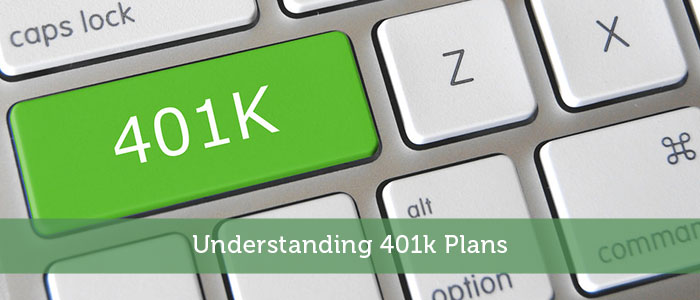Since the first 401k became available as part of The Revenue Act of 1978 they have become a mainstay in retirement planning. While most people are familiar with the 401k plan, many people struggle with some of the details. 401k plans require a plan administrator and use some terms that are unique to the plans.
401k basics
401k retirement plans came at a time when companies wanted to get away from promising to give employees a monthly check in retirement. Instead of promising to pay you $xx per month for the rest of your life beginning at age 65 (or 66, 67, etc), they were happy to shift the burden to you.
What Is a 401K Retirement Plan?
According to the IRS “401(k) Plan is a defined contribution plan where an employee can make contributions from his or her paycheck either before or after-tax, depending on the options offered in the plan“
What’s that mean in English? It means that you agree to contribute an amount that you define. Perhaps 4% of your salary. How much the plan will be able to pay you when you retire is unknown and will depend on how well the contributions are invested.
Typically you’ll invest pre-tax dollars into your plan. That’s one of the reasons that people like 401k plans. Your taxable income is reduced by the amount that you contribute to the plan. However it’s not completely tax free. If you contribute pre-tax dollars you will pay income taxes on the money that you withdraw from the plan later.
Who controls a 401k Retirement Plan?
That depends on what you mean by ‘control’. The plan is established by your employer. An administrator is set up. They’ll collect the contributions, keep track of the funds, follow investment instructions, make requested distributions and provide necessary accounting services.
The administrator will choose what investment options are available to you. Usually they’ll offer some CDs, mutual funds, stock in the employer company and other common investment options. They will not select which of those options your money will be invested in. You make that choice. That is quite helpful, especially if you want to buy something like Motley Fool stock recommendations.
Establishing a 401k Retirement Plan
Your employer will provide you with enrollment forms. They’ll provide you with a lot of detailed information. (Most people don’t bother to read them.) At this time you’ll need to decide how much you want to contribute, how the contribution should be invested and who your beneficiaries should be if you pass away.
It’s wise to start contributing as soon as you’re eligible. Compound interest is a powerful tool for accumulating wealth.
Contributing to a 401k Retirement Plan
Once you decide how much to contribute funds will automatically be deducted from your paycheck. You will not write a check to the account.
Employer Matches
Many employers will match your contributions up to a stated limit. Some will required you to be employed with the company for a specific time before those contributions as ‘vested’ (become your property). They may also dictate the investment choice for some or all of the funds they contribute.
Recommended IRA Posts:
Borrowing from a 401k Retirement Plan
You’re allowed to take money out of the plan temporarily using a 401k loan. In effect you’re lending money to yourself. And, with rates set by the plan the cost could be less expensive than borrowing from a bank or credit card company.
There are some drawbacks. First, your 401k account will only be growing by the amount of interest you pay. That might be less than you would have earned otherwise with a different investment choice. You may also be required to stop contributions until the loan is repaid. And, finally, if you leave the company the entire loan will come due. So a layoff or other separation from your job could be very costly.
Distributions from a 401k Retirement Plan
Funds accumulating in your 401k plan are meant to be used in your retirement. So there’s a 10% penalty on any money withdrawn before you turn age 59 1/2 with a few early distribution exceptions. Most exceptions are based on either hardship or major purchases.
When you turn 70 1/2 you’ll have to take ‘required minimum distributions’ each year. All withdrawals will be added to your taxable income in the year that they’re withdrawn. Failure to take required minimum distributions will trigger a tax penalty.
401k takaways
The 401k is an excellent tool for retirement savings. Not only is it automatic (you don’t miss income you never see) but it also grows tax free. If you’re serious about your retirement planning you’ll want to take advantage of a 401k retirement plan if it’s available to you.
Gary Foreman is a former financial planner who began The Dollar Stretcher in 1996.





